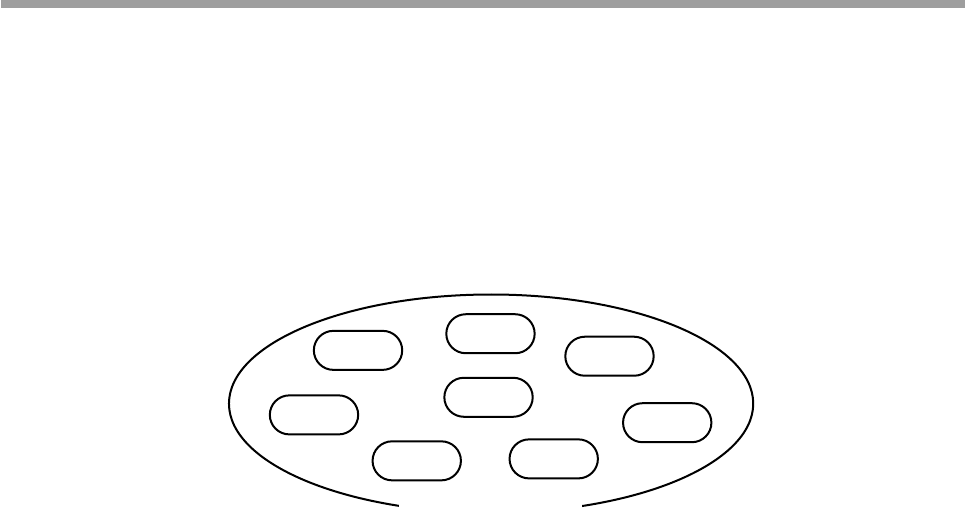
43
CHAPTER2 Ethernet Unit
2-15-2 Description of terminology
■ TCP/IP (Transmission Control Protocol/Internet Protocol)
TCP/IP is a general term for a group of standard protocols for carrying out communi-
cations over the Internet centering around TCP and IP protocols. Computers and PCs
capable of accessing the Internet all use TCP/IP protocols.
The Ethernet unit contains TCP, IP, ICMP, ARP and TELNET protocols.
■ Ethernet
The Ethernet is basically one type of standard for network system hardware. Ethernet
is a network invented by the Xerox Corporation (USA) in the early 1970’s and cur-
rently forms an international standard known as IEE802.3. The Ethernet physically
consists of cable types such as 10BASE-2, 10BASE-5, and 10BASE-T that differ
from each other in terms of maximum cable length and the maximum number of
connections. The Ethernet unit uses cables conforming to 10BASE-T specifications.
Besides TCP/IP, the protocols most commonly used on the Internet are NetBEUI and
IPX/SPX, etc.
Another feature of the Ethernet is the use of CSMA/CD as a data transmission method
(see below).
■ CSMA/CD (Carrier Sense Multiple Access with Collision Detection)
CSMA/CD is a method of sending signals, developed by combining a CSMA data
transmission method with a transmission error handling method called CD.
CSMA refers to joint use of one transmission cable by many devices connected over a
network. CSMA is therefore a method for checking network status beforehand and
then transmitting the data after verifying that transmission is possible.
CD is a method for handling data collisions that occur on the network. In this method,
when a data collision (conflict) occurs, that data is re-transmitted after a randomly
selected time period has elapsed.
Many devices can be connected to the Ethernet by using these CSMA/CD methods.
However, performance cannot be guaranteed in real-time because of transmission
standby (time awaiting transmission) and retransmissions.
FTP
TCP
IP
ARP
TELNET
ICMP
HTTP
UDP
TCP/IP protocols
* The protocols making up
TCP/IP are also
comprised of many
protocols other than
those shown in the figure
on the left. Protocols are
a set of conventions (or
rules) that must be
mutually complied with
so that controllers and
PCs can communicate
with the other party.


















